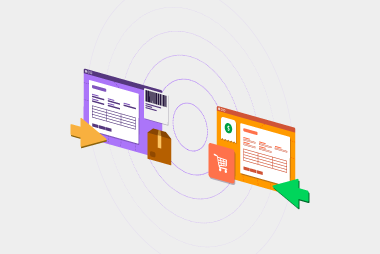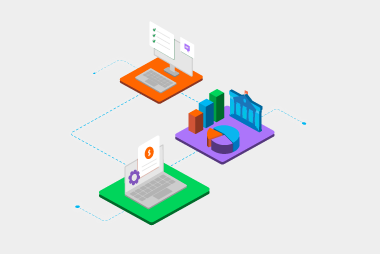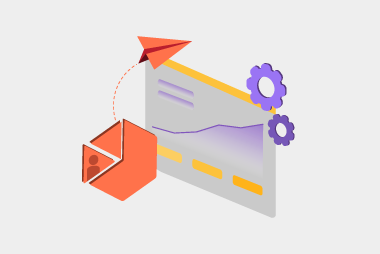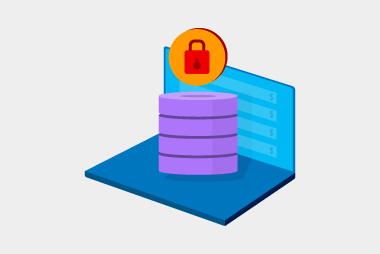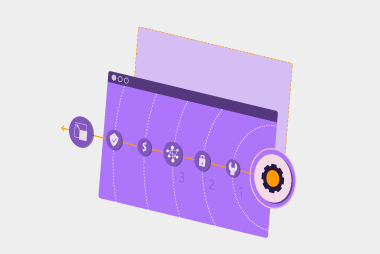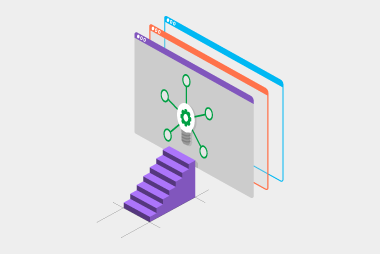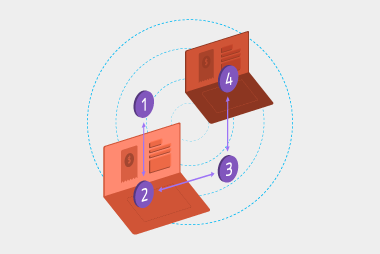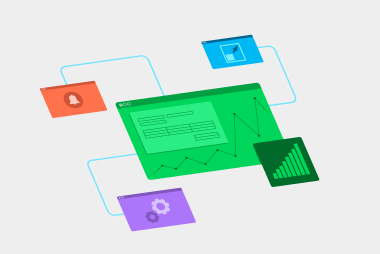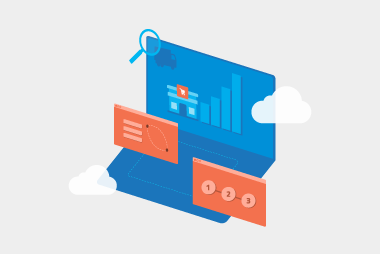Electronic Data Interchange (EDI) has emerged as a transformative technology for streamlining supply chain operations, enhancing efficiency, and improving communication between trading partners. As a supplier, adopting EDI can offer numerous benefits, from reducing manual processes to increasing order accuracy. Have a read through this step-by-step guide, to walk you through the process of getting started with EDI.
Step 1: Understand the benefits and requirements of EDI
Before diving into EDI integration, it is crucial to familiarise yourself with the benefits and requirements of this technology. Have a look into the advantages EDI offers, such as improved efficiency, reduced errors, and improved visibility of your supply chain. Gain insights into the specific EDI requirements and standards prevalent in the Australian market, including formats like EDIFACT and XML, as well as communication protocols like SFTP and AS2.
Step 2: Assess your business needs and objectives
Evaluate your business needs and objectives to determine how EDI can align with your overall strategy. Identify pain points in your current processes, such as manual data entry or lengthy order fulfillment cycles. Establish goals you wish to achieve through EDI integration, such as faster order processing or improved customer satisfaction. This assessment will help you tailor your EDI implementation to address specific challenges.
You may initially be looking for compliance with your customer’s request, but also think about how to make it work for you.
Step 3: Research and select an EDI solution
Do some research to find the most suitable EDI solution for your business. Look for reputable EDI service providers that offer robust features, scalability, and compatibility with Australian trading partners. Consider factors such as ease of implementation, customer support, and cost-effectiveness. MessageXchange provide options for suppliers to meet their EDI requirements.[vc_column_inner width="1/2" css=".vc_custom_1565317545162{padding-top: 0px !important;background-color: #00b7f1 !important;}"]
EDI Webforms
[vc_column_inner width="1/2" css=".vc_custom_1565315132956{padding-top: 0px !important;padding-bottom: 0px !important;background-color: #1b75bb !important;}"]
EDI Gateway
[vc_column_inner width="1/2" css=".vc_custom_1565317604253{padding-top: 0px !important;background-color: #eeeeee !important;}"]
Exchange EDI messages from an easy-to-use web portal
[vc_column_inner width="1/2" css=".vc_custom_1565317619229{padding-top: 0px !important;padding-bottom: 0px !important;background-color: #eeeeee !important;}"]
Exchange EDI messages directly from your software
[vc_column_inner width="1/2" css=".vc_custom_1565317604253{padding-top: 0px !important;background-color: #eeeeee !important;}"]
Fully comply with over 20 retailers’ EDI requirements
[vc_column_inner width="1/2" css=".vc_custom_1565317619229{padding-top: 0px !important;padding-bottom: 0px !important;background-color: #eeeeee !important;}"]
Comply with your customers’ EDI requirements, or onboard your suppliers to electronic trade
[vc_column_inner width="1/2" css=".vc_custom_1565317604253{padding-top: 0px !important;background-color: #eeeeee !important;}"]
Generate SSCC labels that can be printed on an office printer
[vc_column_inner width="1/2" css=".vc_custom_1565317619229{padding-top: 0px !important;padding-bottom: 0px !important;background-color: #eeeeee !important;}"]
Remove double handling
[vc_column_inner width="1/2" css=".vc_custom_1565317604253{padding-top: 0px !important;background-color: #eeeeee !important;}"]
Have traceability and history of orders
[vc_column_inner width="1/2" css=".vc_custom_1565317619229{padding-top: 0px !important;padding-bottom: 0px !important;background-color: #eeeeee !important;}"]
Generate custom reports
[vc_column_inner width="1/2" css=".vc_custom_1565317604253{padding-top: 0px !important;background-color: #eeeeee !important;}"]
Receive email notifications when a new order arrives
[vc_column_inner width="1/2" css=".vc_custom_1565317619229{padding-top: 0px !important;padding-bottom: 0px !important;background-color: #eeeeee !important;}"]
Add your own business process management and validation
Check out our blog on what EDI solution is best for your business.
Step 4: Engage with your retailer partners
Normally your retailer partners will specify their requirements like EDI formats, document types, and communication protocols. They’re also likely to have a roadmap for onboarding to EDI with them, including a testing process. It’s important to keep open communication with retailer partners ensures a smooth transition to EDI and helps foster strong relationships built during the transition to EDI.
Step 5: Plan and prepare for integration
Create an integration plan that outlines the steps, timeline, and resources required for successful EDI implementation. Identify the internal stakeholders involved in the process, such as IT, operations, and customer service teams. Collaborate with your EDI solution provider to map your existing business processes to EDI workflows, including order processing, invoicing, and inventory management. Define roles and responsibilities, establish testing procedures, and set realistic milestones for each phase of the integration.
Step 6: Test, validate and refine
Testing and validation are crucial to ensure a seamless EDI integration. Collaborate with your retailer partners to conduct testing, including the exchange of sample documents. Validate the accuracy and reliability of data transmission and interpretation. Identify and resolve any issues or discrepancies encountered during testing. Continuous refinement based on feedback and results will help fine-tune your EDI processes and improve overall efficiency.
Step 7: Train your team and monitor performance
Provide comprehensive training to your team members involved in EDI processes. Educate them on EDI protocols, and best practices. Familiarise them with the EDI solution and its functionalities. Encourage ongoing learning to ensure your team stays updated with industry trends and advancements in EDI technology. Additionally, implement monitoring and performance tracking mechanisms to assess the effectiveness of your EDI integration and identify areas for further optimisation.
Want to learn more about how MessageXchange can help with your EDI needs? Ask our experts by getting in touch below.Want to learn more about how EDI could help solve your business issues? Ask our experts by getting in touch below.
Request a call
Chat with one of our experts
Just fill out your details below and we'll be in touch within one business day.
